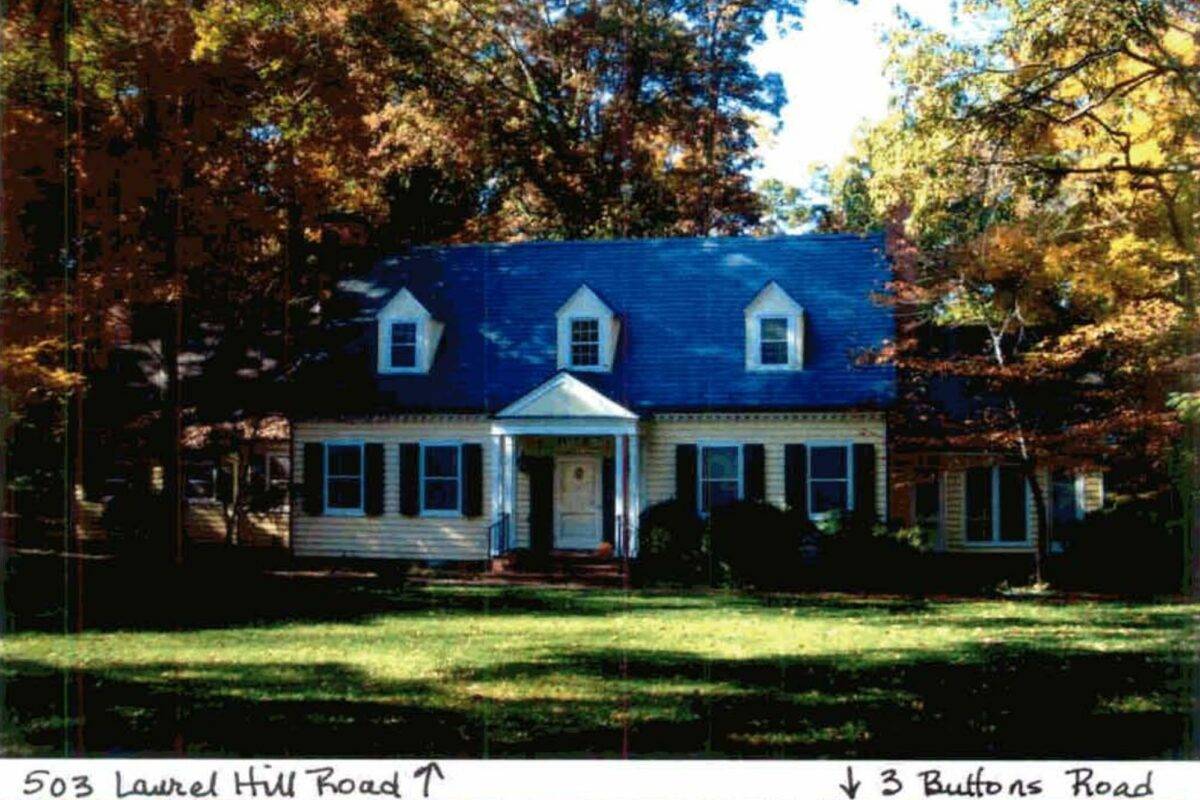A quick pass through Chapel Hill’s historic districts will quickly reveal that homeowners in these neighborhoods really, really want to “Save Chapel Hill,” as the cheap plastic signs dotting their yards make clear. Assuming, of course, that you can see the signs around all the construction trucks parked in front of their homes.
Many residents in our historic districts have expressed grave concern about the the Town’s modest proposal to enable missing middle housing town wide. They regard it as a direct threat to their homes, and a gift to wealthy investors looking to destroy the character of their neighborhoods.
But really, are many of these homeowners themselves wealthy investors with a vested interest in keeping their neighborhood exclusive and expensive? And aren’t they themselves distorting the character of their homes with their endless additions and renovations? As if engaged in some sort of nouveau riche arms race, once modest homes on and around East Franklin have been tarted up to be nearly unrecognizable. Just down the street from a university with the motto to be rather than to seem, if these homes had a motto it would probably be have I convinced you an important rich person lives here?
If you are relatively new to Chapel Hill, you might not even know how things have changed. You might think these homes always looked this ostentatious. On one of my first trips to Chapel Hill decades ago, I crashed with some friends in an old dusty home on Franklin, full of books and cobwebs and middle class anxiety. Which made perfect sense. Historically, our main capital has been intellectual, not financial, and we have never had a significant industry other than the university. No textile kings or tobacco titans built grand old homes here like they did elsewhere in North Carolina. Our oldest homes were built mainly for those working for or attending UNC – according to the 1930 Census, the most common occupation among homeowners in the neighborhoods near East Franklin and East Rosemary streets was teacher. Now, early career professors can barely afford to live in Chapel Hill, and certainly not in the historic districts.
A quick perusal of recent permitting data shows that homeowners in the historic district have a taste for ahistorical updates. They aren’t just upgrading their HVAC system, or even updating their kitchens and baths. They are:
- Adding a new second story estimated to cost $1.5 million
- Adding a new garage estimated to cost $400,000
- Building a 3-car garage and making other renovations estimated at $1.5 million
- Putting on a sunroom with a new living room above
- Adding a second story addition and demoing a 2-car garage to replace with a 3-car garage, among other renovations estimated at $1 million
- Constructing a 2,700 square foot addition
- Installing solar panels and a Tesla Powerwall
- Tearing down an old stone house to make way for a new home estimated at $850,000
One neighbor in the historic district sought information from the Town’s permitting department about the feasibility of building a garage with an apartment above. They didn’t build the apartment but did stick a Save Chapel Hill yard sign in the ground. Another defender of the historic district resides in a $1.4 million home built on a vacant lot in 2016, which makes the home more historic than TikTok but less historic than the Instant Pot.
Today, there are four homes for sale in the historic districts. One is a $3.8 million flip that is advertised as having an “air of “Paris chic throughout that radiates joie de vivre.” Another, for sale for $6.7 million, has 10,000 square feet and seven baths. The original 1930s home on the site was demolished.
This is the neighborhood whose character is threatened by the Housing Choices proposal? These are the people worried that a new duplex down the block will harm them financially?
Recently, a wealthy out-of-town investor purchased and demolished a beautiful 5,000 square foot home adjacent to campus, tore it town, clear cut the land, and is building a new multi-million dollar single-family home there with its own pickleball court. Can you imagine the outrage if a developer did the same but instead built a quadruplex? But I have heard nary a peep from the Save Chapel Hill crowd about the project.
Of course, if I owned there and knew that historic preservation was just a euphemism for wealth preservation, I’d probably keep my mouth shut, too.

